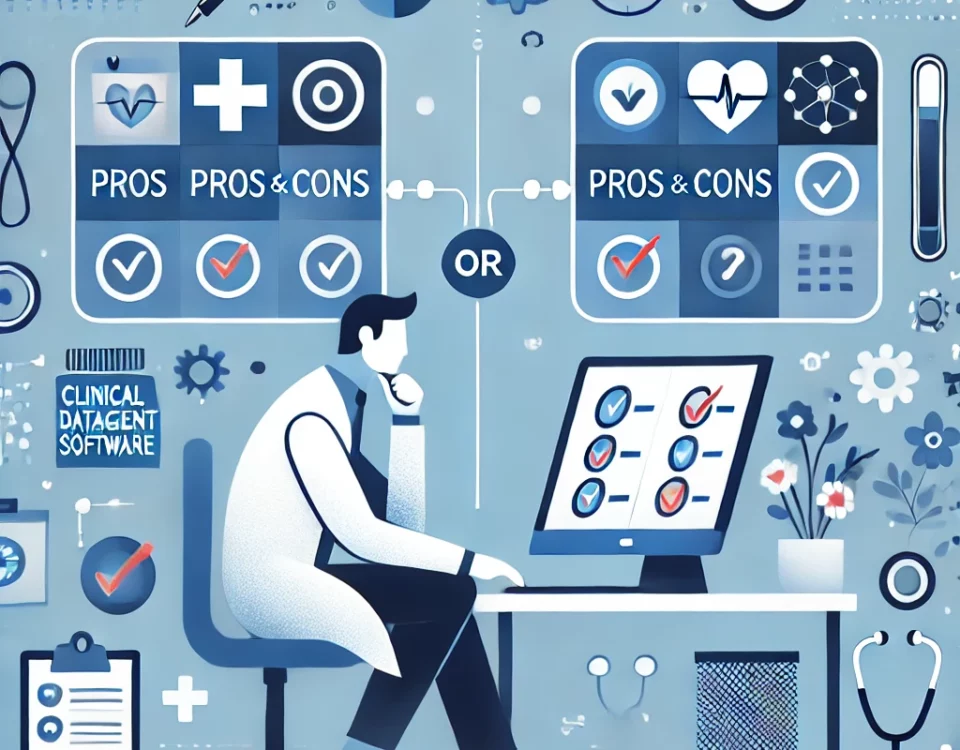
Discover the Best Patient Registration Program: Efficiency and Security Guaranteed
8 de February de 2024
The Importance of an Excellent Patient Record Card: Ensures Security and Confidentiality
8 de February de 2024
In the healthcare setting, compliance with the Patient Safety Act is crucial to ensure quality and safety in healthcare services. As professionals committed to excellence in healthcare, we understand the importance of adhering to these regulations to protect the health and well-being of our patients.
Understanding the Patient Safety Law
The Patient Safety Act is a regulatory framework designed to promote safety and quality in health care. This legislation establishes standards and requirements that healthcare providers must meet to protect patients from harm and ensure the delivery of safe and effective services.
Essential Compliance Tools
Patient Safety Protocols
Implementing patient safety protocols is critical to meeting the requirements of the law. These protocols include measures to prevent nosocomial infections, medical errors and other adverse incidents that may affect patient safety.
2. Medical Staff Training
Medical personnel should receive adequate training on the provisions of the Patient Safety Act and recommended procedures to ensure patient safety. This includes training in hygiene techniques, medication management, and effective communication with patients.
3. Health Information Technology (HIT)
The implementation of ICT systems can significantly improve patient safety by facilitating electronic medical record management, risk identification and communication among healthcare professionals. Tools such as early warning systems and electronic medication records can help prevent errors and improve care coordination.
4. Regular Audits and Evaluations
Conducting periodic audits and assessments of clinical practices is essential to identify areas for improvement and ensure ongoing compliance with the Patient Safety Act. These reviews should be conducted by qualified professionals and focus on key aspects of patient safety, such as fall prevention, safe medication administration and hospital hygiene.
Additional Resources
Regulatory Bodies
Regulatory agencies, such as the Agency for Healthcare Quality, offer guidance and resources to help healthcare providers comply with patient safety regulations. These agencies provide up-to-date information on best practices and offer certification programs to ensure compliance with quality standards.
2. Professional Associations
Professional associations, such as the Spanish Society for Healthcare Quality, are excellent sources of support and guidance for healthcare professionals. These organizations offer training opportunities, educational events and online resources to promote excellence in healthcare and compliance with patient safety regulations.
3. Specialized Bibliography
Patient safety literature provides a detailed overview of the challenges and best practices in the field. Books, academic articles and clinical guidelines are valuable resources for deepening knowledge and developing effective strategies for improving patient safety in healthcare settings.
Conclusion
Complying with the Patient Safety Act is critical to ensuring safety and quality in healthcare. By implementing key tools and resources, as well as accessing expert guidance and support, healthcare providers can strengthen their practices and protect the health and well-being of their patients.

